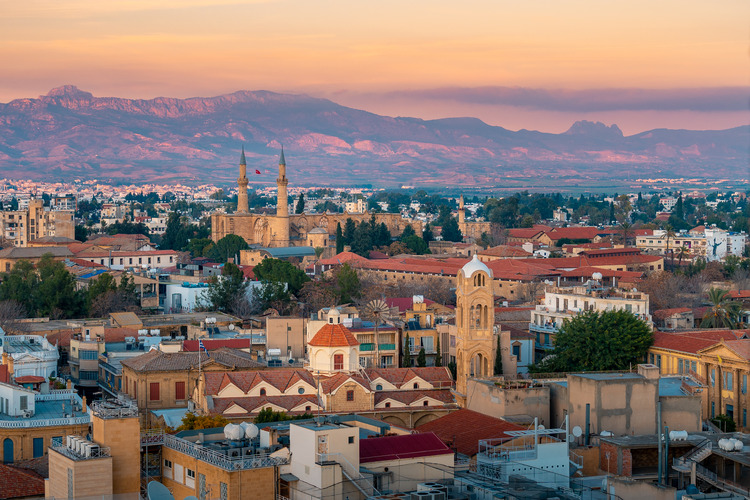
Discover the European countries with the largest population increases between 1990 and 2023, according to latest UN data
By
In 1990, the world’s population stood at just under six billion. By 2023, that number had rocketed to just above eight billion, an uptick expected to continue until the mid-2080s when the planet will reach 10.3 billion people.
But which countries have been leading the way in population growth in the last few decades, and why? Read on to find out more about the top five European countries with the largest population increases between 1990 and 2023, in reverse order…
5) Iceland – 52 per cent increase

With a population sitting just under 255,000 in 1990, Iceland’s inhabitants have increased to more than 393,000 in 2023, and is set to hit 433,000 by 2050.
Enjoying this article? Check out our related reads:
Immigration to Iceland peaked in 2017 – driven by strong economic growth and high living standards – when 15,000 individuals immigrated to the country in one year. Now, around 18 per cent of Iceland’s population are foreign-born, helping the country to meet labour demands by increasing the working age population.
Recent data shows that people born in Poland occupy the largest group of immigrants in Iceland, representing 32.1 per cent of the total immigrant population, followed by Ukraine (5.3 per cent) and Lithuania (5.1 per cent).
4) Andorra – 54 per cent increase

A small, landlocked country in the Pyrenees mountain range, Andorra has seen its population rise from around 53,000 in 1990 to more than 80,000 in 2023.
Immigration has played a central role in the country’s population growth in the last several decades. In particular, Andorra offers government programmes with the aim of attracting professionals and non-resident foreigners to the country.
Andorra’s population is set to peak at 86,200 in 2035, before falling to 82,200 by 2050.
3) Türkiye – 56 per cent increase

Türkiye’s population has soared in recent decades, from around 54 million in 1990 to more than 83 million in 2020. One of the main reasons contributing to its growth is due to its status as the world’s leading refugee-hosting country, with approximately 3.6 million forcibly displaced people – predominately Syrian – living in the country currently.
Its economic growth has also made it an attractive region for immigrants to move to.
However, recent analysis sheds light on the fact Türkiye’s booming population may be slowing. In 2023, the country’s fertility rate dropped to 1.51 – a number which needs to be at least 2.1 to maintain a stable population – and overall population growth dropped to an all-time low of 1.1 per cent, compared to 2022, which stood at 7.1 per cent.
Projections estimate that the country’s population will continue to rise until around 2047, peaking at 91.4 million before dropping to around 65.3 million by 2100.
2) Cyprus – 71 per cent increase

Between 1990 and 2023, Cyprus’ population rose from approximately 788,500 to 1.26 million, the second-largest rise out of any European country. By 2050, the country’s population is set to hit 1.5 million.
Cypriot citizens make up around 77.9 per cent of the population, while 10.1 per cent come from other European Union countries – primarily Greece, Romania and Bulgaria. A further 11.6 per cent are non-EU citizens, with the largest communities from the UK, Syria and Russia.
Immigration to Cyprus has long been a factor in its population growth – between 1990 and 2019, the migrant population more than quadrupled, with the proportion of migrants in Cyprus jumping from 5.7 per cent to 16 per cent in the same time period.
1) Luxembourg – 74 per cent increase

At number one is Luxembourg, with its population increasing by 74 per cent between 1990 and 2023. Now sitting at a population of approximately 672,000, it is one of the most densely populated regions in Europe, with an average of 260 inhabitants per km2.
A mix of factors has contributed to its rising numbers, from immigration to strong economic growth.
Almost half of all the population are immigrants, from a range of 170 different nationalities. The largest immigrant communities are Portuguese (making up 14.5 per cent of the country’s total population), followed by French (7.6 per cent), Italian (3.7 per cent), Belgian (3.1 per cent) and German (2 per cent).
By 2050, it is expected Luxembourg’s population will boom to more than 868,000 people.



